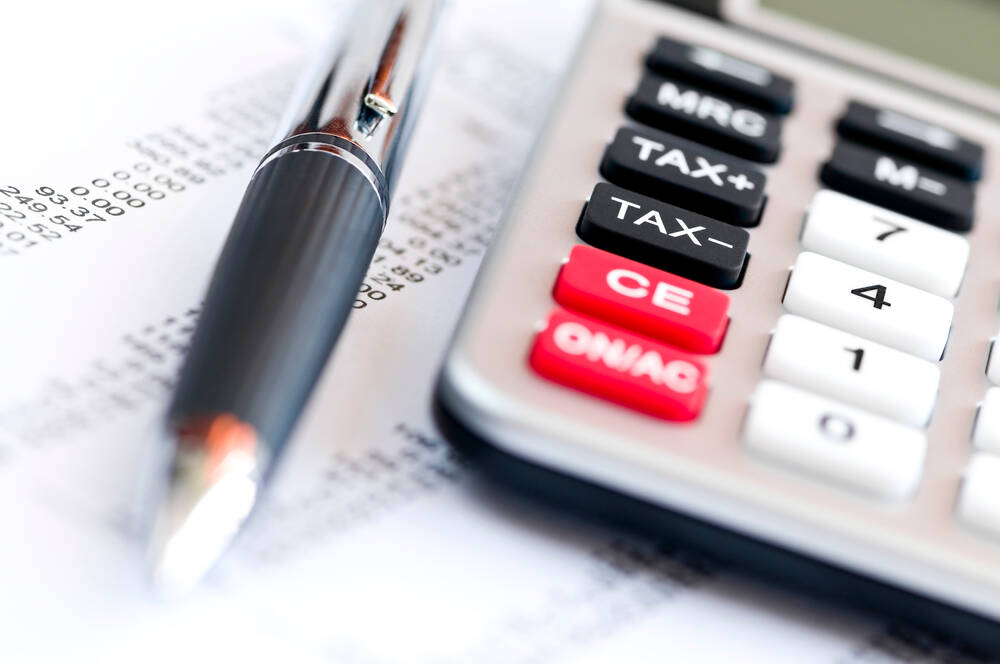Advertisement
Advertisement
Search Indicator:
Choose Country 
Spain Balance of Trade
Last Release
Feb 28, 2025
Actual
-3,420,000
Units In
EUR Thousand
Previous
-6,192,900
Frequency
Monthly
Next Release
May 19, 2025
Time to Release
25 Days 9 Hours
Highest | Lowest | Average | Date Range | Source |
1,481,717 Jun 2020 | -9,834,766 Dec 2007 | -1,922,170.42 EUR Thousand | 1962-2025 | N/A |
Spain runs systemic trade deficits due to high imports of fuel and high added value goods. In 2017, Spain's trade deficit rose 31.9 percent from the previous year to EUR 25 billion, mainly due to a surge in domestic demand and an increase in energy prices. Within the Autonomous Communities, the biggest exporters were Catalonia (26 percent of total exports), Andalusia, Madrid and Valencia (11 percent each) and the Basque Country (9 percent); while the largest importers were Catalonia (28 percent of total imports), Madrid (20 percent) Andalusia (10 percent) and Valencia (9 percent). The trade surplus with the EU widened to EUR 16 billion from EUR 13 billion in 2016, boosted by an increase in both surpluses with the Eurozone (EUR 9 billion vs EUR 7 billion in 2016) and with the non-euro area countries of the EU (EUR 7 billion vs EUR 6 billion). With regard to non-EU countries, the trade deficit increased to EUR 41 billion from EUR 32 billion in the previous year, as the deficit with Asia rose to EUR 35 billion from EUR 29 billion and that with Africa went up to EUR 6 billion from EUR 4 billion. Also, the gap with Latin America grew to EUR 2 billion from EUR 60 million in 2016, while that with North America was almost unchanged at EUR 1 billion.
Latest Updates
Spain posted a trade deficit of €3.42 billion in February 2025, widening from €2.35 billion in the same month last year. Exports rose just 0.4% yoy to €32 billion, as declines in key categories such as capital goods (-0.4%), automotive products (-16.6%), and energy products (-13.3%) outweighed increases in chemical products (9.8%), raw materials (19.2%), and food, beverages, and tobacco (5.1%). Exports rose to the UK (2.3%) and Latin America (9.9%) and China (37.2%) but declined to the EU (-3.3%), especially to France (-10.4%) and Germany (-11.9%), and also to the U.S. (-1.6%). Meanwhile, imports advanced 3.5% to €35.4 billion, on higher purchases of chemical products (10.6%); food, beverages & tobacco (7.6%); raw materials (9.5%); durable consumer goods (8.3%); consumer manufactured goods (5.5%) and non-chemical semi-manufactured goods (6.4%). Imports increased primarily from China (23.2%), Latin America (26.5%) and the US (2.7%) but fell from the EU (-3.2%).
Spain Balance of Trade History
Last 12 readings







